Don't use a generator suicide cord (Deep Dive)
There are lots of better ways to power your house from a portable generator
Powering your house from a portable generator
Dear Mike,
What are the ways you can power your house from a portable generator? I had a power outage for three days over the winter and ran a few extension cords into my refrigerator and television set, but there must be a better way.
I hate messing with gasoline so how about a CarGenerator for backup power? And what’s this “suicide cable” I keep hearing about on eBay? Is it actually safe?
I don’t need a lot of power, but it sure would be nice to turn on the lights and run a few small appliances if the power dies for a few hours or days. How can I do this safely next time? —Sharona
Sharona,
That’s a great question, and something I’ve been working on for a while. First of all, I’m going to caution everyone to check with your local electrical inspector to see if a permit needs to be pulled for this kind of installation. Determine if you can do the work yourself or if you need to hire an electrician.
Also, be aware that any of these generator/residential hookups require being inside of a live electrical panel. So please hire someone who is technically capable (and probably licensed) to do the installation. This is not the time to learn on your own.
What is this “suicide cable”?
First, here is one way NOT to do it. You can buy a male-to-male adaptor cord on Amazon or eBay that will allow you to back-feed a generator into an electrical outlet in your home.
This is dangerous for a lot of reasons, including the possibility of electrically live male contacts if the generator is running while plugging in. Also, you could accidentally back-feed 120 volts into the wiring outside of your house. That can injure or kill a power company worker repairing lines. So don’t do it!
Can I use a small generator to power my house?
Well, yes you can, as long as you take proper safety precautions. You not only have to do this electrically correct, you also have to consider carbon monoxide poisoning. CO is colorless, orderless and will lull you to sleep and then let you die. So please keep gasoline, propane or diesel generators (and other ICE motors) at least 20 feet away from any open windows or doors. I’ll post my article on CO (carbon monoxide) safety in a future newsletter.
Will a CarGenerator work for this as well?
Yes. As long as you only connect it up to power 120-volt appliances (not 240-volt appliances) and keep the load within its current limits, it will work just fine.
And while many readers worry about idling a car engine for hours, modern ICE (Internal Combustion Engines) are perfectly fine running the engine at idle for hours or days on end. Just don’t have your vehicle parked in an attached garage while doing so.
What about using my RV generator to power my house?
While this seems like a great idea at first, be aware that the vast majority of built-in RV generators are wired to produce 120 volts only. Even the large 8 or 10 kW RV generators that have a pair of 30/30-amp or 30/50-amp breakers won’t be able to supply the split-phase 120/240-volt output needed to fully power your residential electrical system. Both legs in the RV generator will be in-phase, which won’t power your stove, well pump or other 240-volt appliances.
However, you can run a single 30-amp output from your RV to the house (if your RV has one), or even a 20-amp extension cord. But it’s unlikely that you’ll get 240 volts out of any of them. I’ve tried and it just won’t happen.
Next, the hookups
So now that we’ve picked out a generator, let’s look at the various ways you can connect it to your home electrical system. As noted above, DO NOT use a suicide cord like you can buy from Amazon or eBay. It’s a very dangerous code violation.
And speaking of code violations, note that not all of these generator hookups will be code compliant in every state, county and city. The only way you’ll know for sure is to check with your local AHJ (Authority Having Jurisdiction), That is usually your county or city electrical inspector.
Power meter transfer switch
This is a pretty expensive (but easy to install) option from GenerLink that may or not be code compliant in your state. In fact, you won’t be able to order one through your local Home Depot unless it’s allowed by code. This is basically a 200-amp automatic transfer switch that fits in a sleeve behind your power meter. It’s as simple as getting the power company to pull your meter, plug in the generator hookup sleeve, and then reinstall the meter. There’s a twist-lock inlet on the bottom of the sleeve that allows you to plug in a generator power cord.
I’ve not seen a GenerLink in the wild since they’re not allowed by Allegheny Power in Maryland, and likely not in many other states. But it’s a simple install if your power company will allow it and you can afford the price tag.
Generator circuit breaker interlock
Here’s another pretty easy way to connect a generator into your house. It’s a circuit breaker interlock. It’s designed so as to force you to disconnect your house from the utility company power by turning off your 200-amp master circuit breaker, then turning on a 2-pole 30-amp generator circuit breaker.
However, some states (such as California) won’t allow you to install this type of interlock unless your generator produces enough power to run your entire house. Even a Honda EU7000is doesn’t qualify in many states, so I’m not exactly sure what does. But it’s code compliant here in Maryland as well as West Virginia. So that’s what I’ve installed at my dad’s house as well as my friend’s house. But check with your AHJ first to be sure.
Manual generator transfer switches
This is perhaps the best solution for most homeowners since it not only allows you to use a portable generator to power your house, you can wire it so the generator will only power select appliances and outlets you choose. I’m showing a Reliance Controls Transfer Switch below which will work great with any 7kW, 120/240-volt generator.
This eliminates the problem of someone in the house trying to turn on a stove or electric water heater when powered by a portable generator. You simply pick which circuits are important to keep running (like your furnace controller, internet modem and router, house lights, television set, etc.) Then you can route the power from your generator to specific house outlets.
CarGenerator™ Home Integration Kit
CarGenerator™ also sells a complete home integration kit that will allow you to interconnect the 1,000-watt CarGenerator to your house electrical system and safely power a limited amount of 120-volt appliances.
As you can see, it includes four 15-amp circuit breakers and selector switches that allow you to choose power company or generator power for up to four separate 120-volt circuits in your house. They also include a digital energy meter to help you monitor your home electrical power usage while running from the generator.
Can this be used with any 120-volt portable generator?
Yes, this small transfer switch will also work with any 120-volt portable generator (like the Honda EU2200iS). But the advantage of the CarGenerator is that you can put it in your closet for years, pull it out and connect it to your vehicle alternator/battery and have 1,000 watts or so of power available to run your house for a few days.
Bigger may be better!
You’re only limited by the wattage of the generator and the amount of gasoline in your tank. That’s why I like these new dual-fuel 120/240-volt, 7kW inverter generators that extend your fueling options with the ability to use gasoline or propane.
With careful load and fuel management, a portable 7kW generator will keep your refrigerator, lights, furnace, internet and television running for at least a week, or until the power comes back on.
But wait, there’s more…
And by adding a SoftStartHome controller to your existing heat pump compressor you can power more things in your home at the same time using a 7kW 120/240-volt generator while staying warm during a snowstorm. That’s because compared to resistive heating a heat pump will use 1/2 the energy of baseboard heating.
Much more on that topic later, but read about my first SoftStartHome experiments using a Honda EU7000i generator HERE..
OK, everyone. Remember that electricity is a useful and powerful force, so we all need to pay attention to safety precautions while using it.
Let’s play safe out there… Mike.

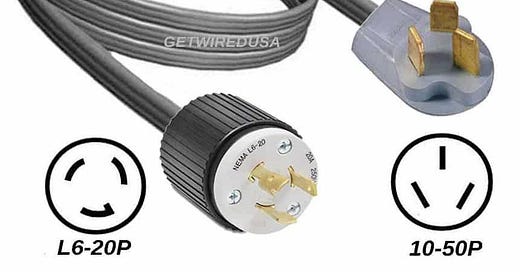





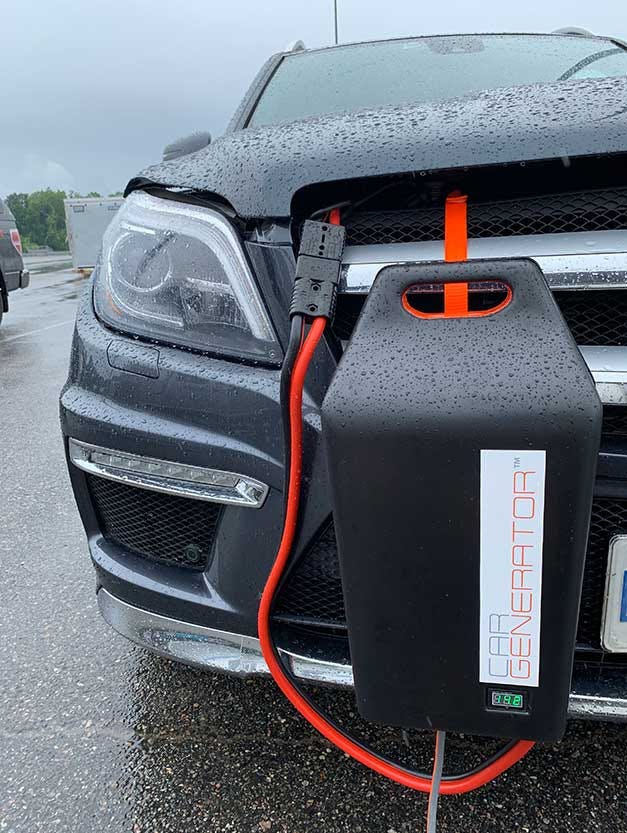
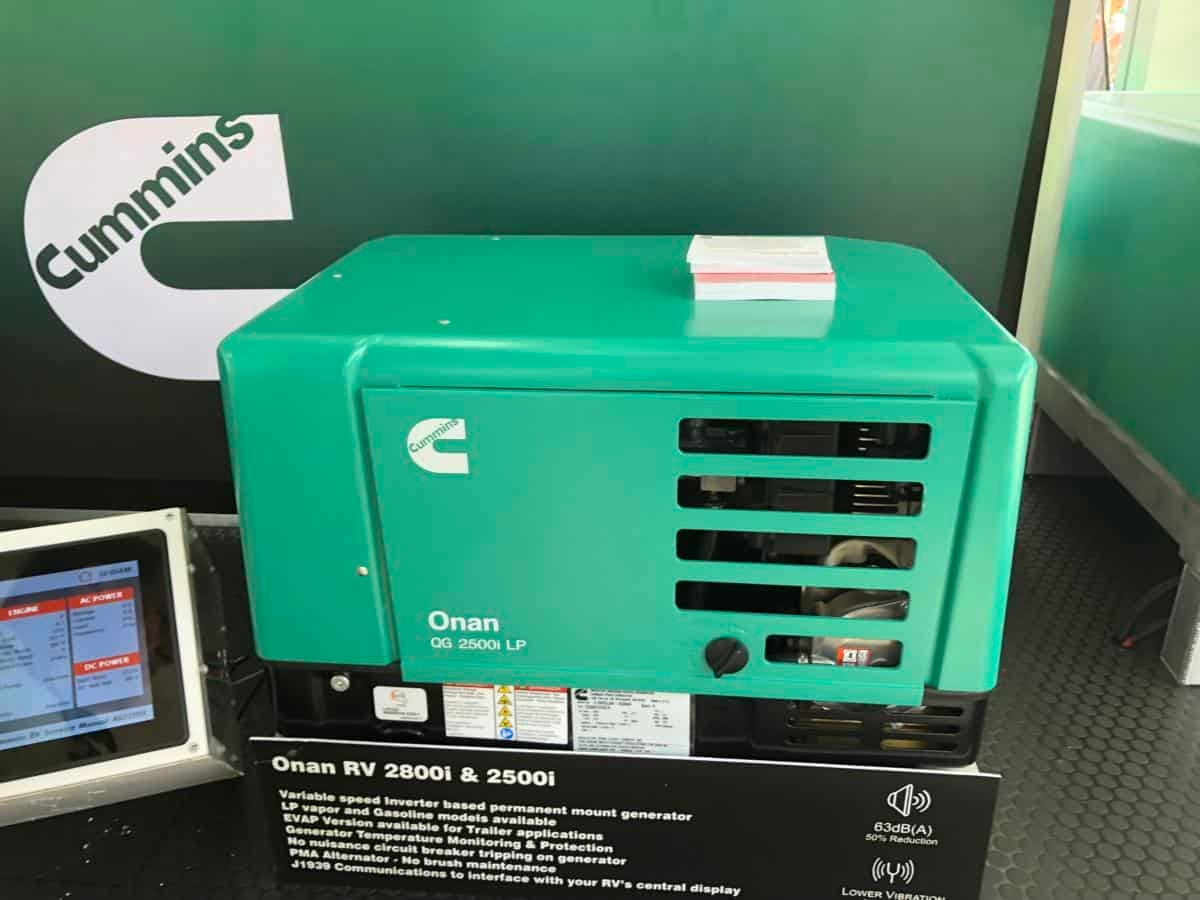
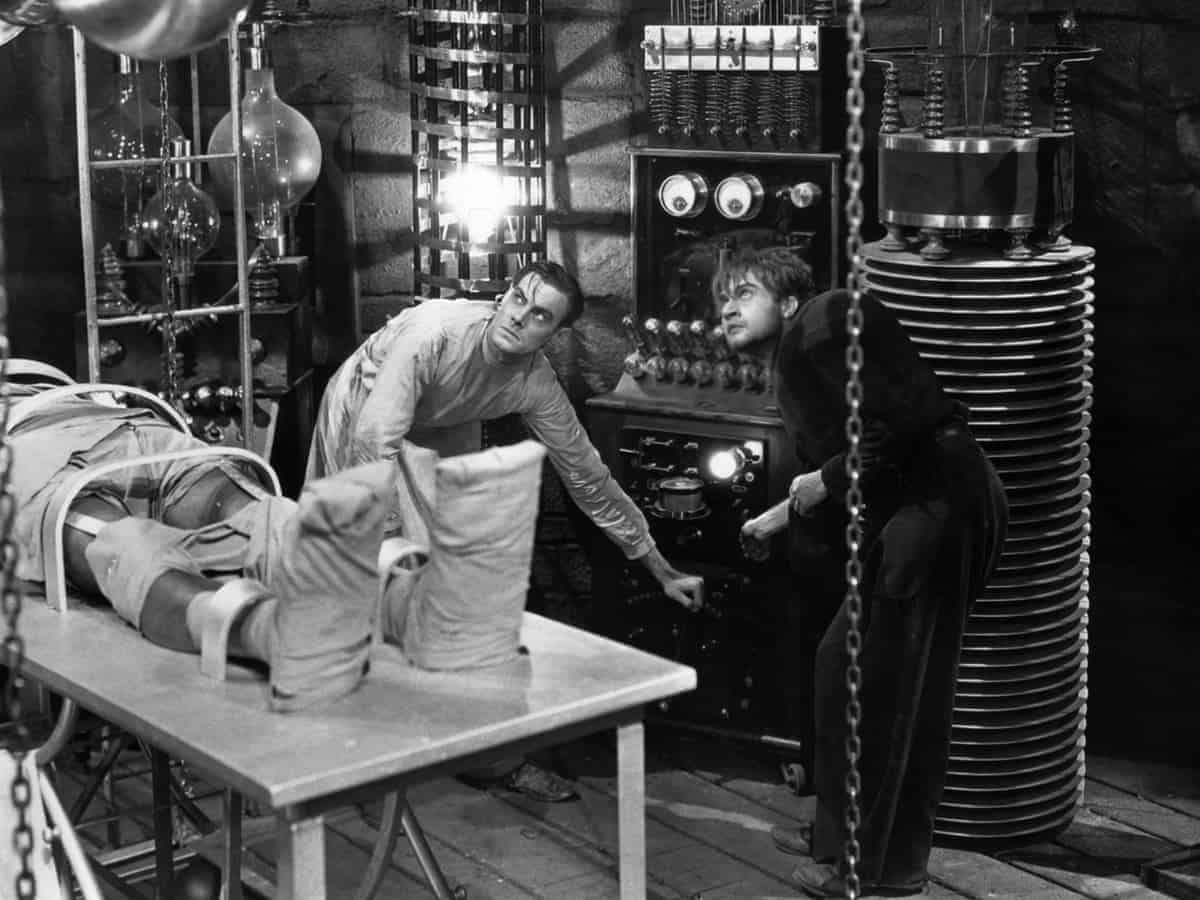
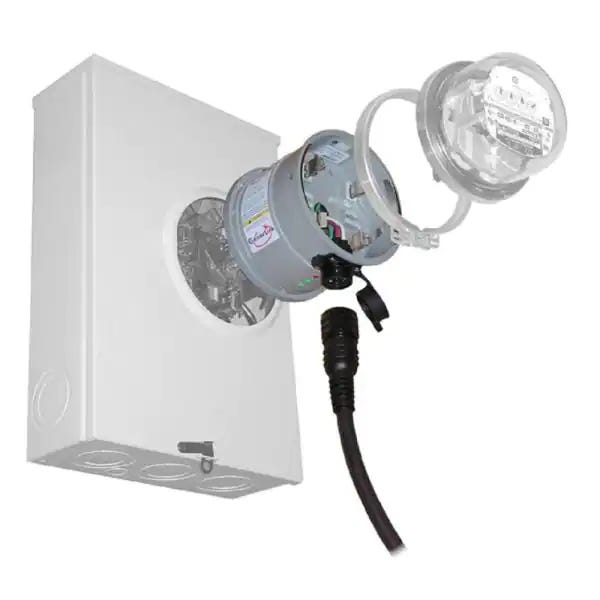
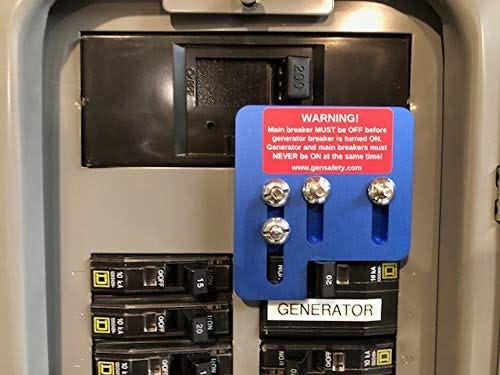
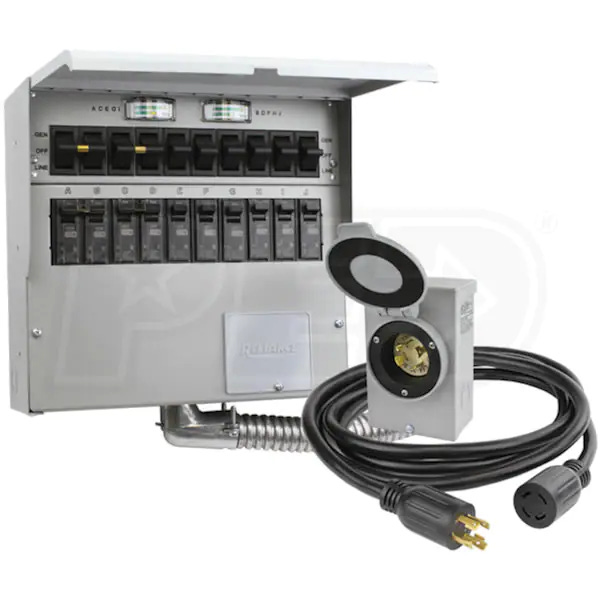
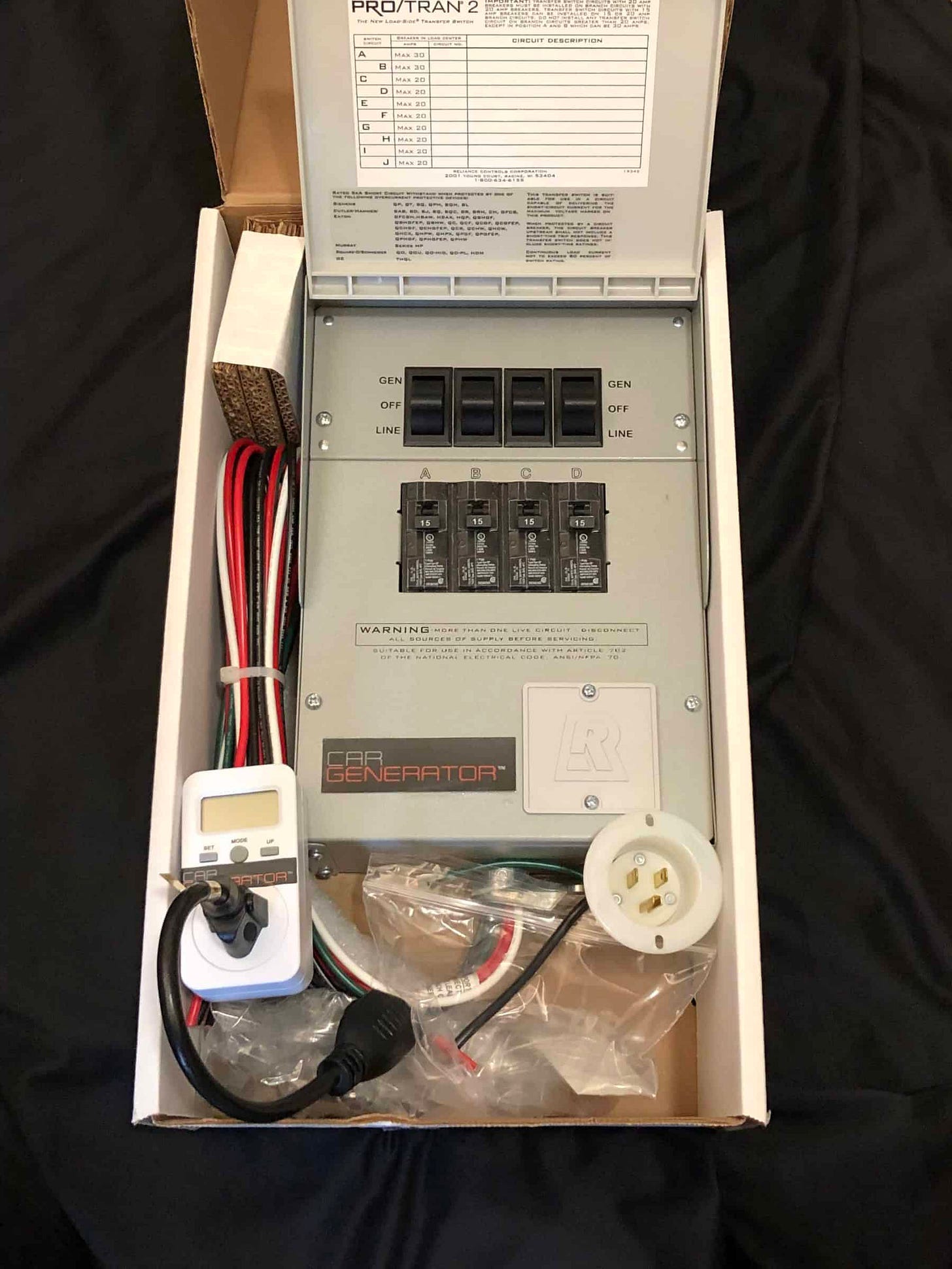

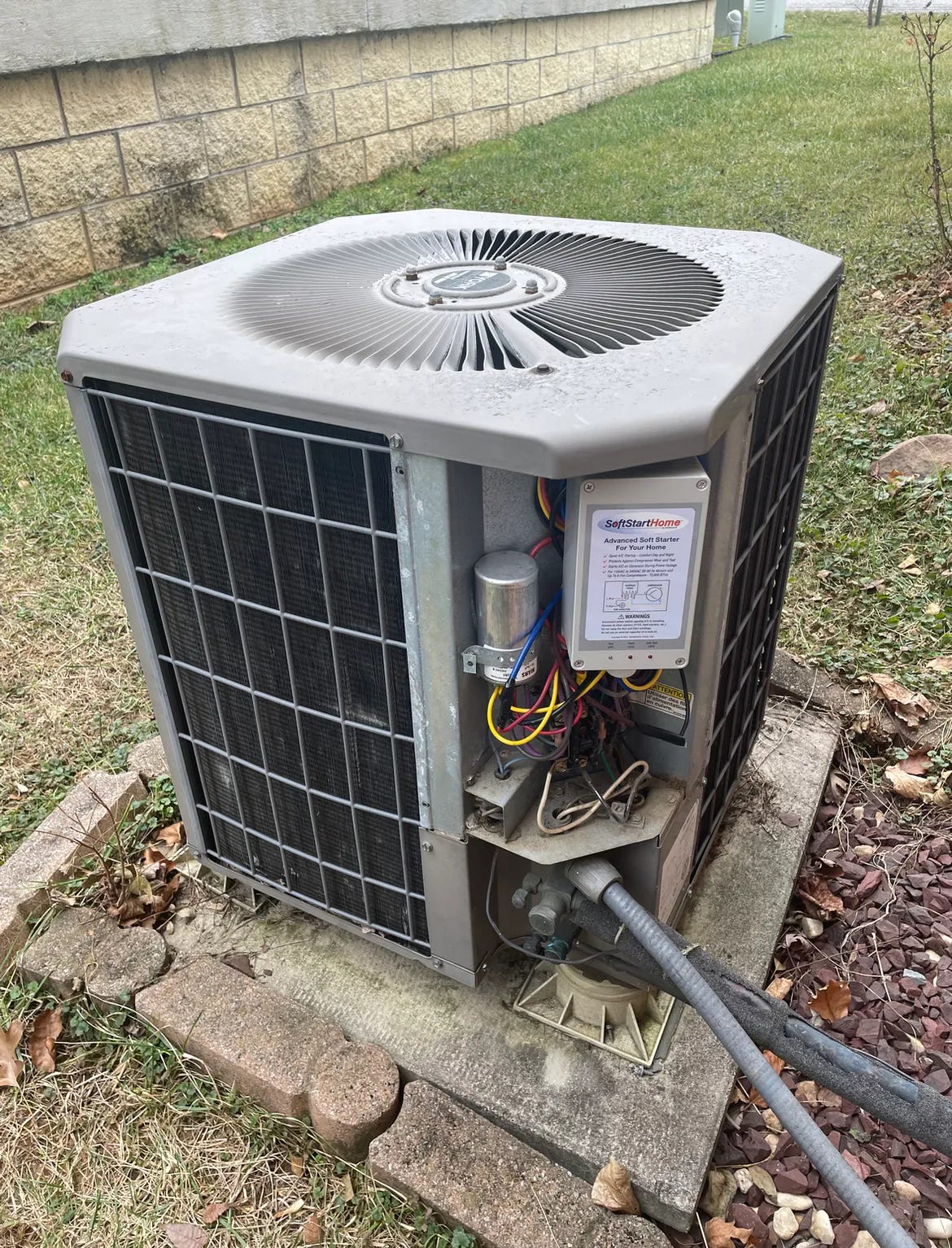

This was a timely article. Like many in FL, my son is trying to power his home from a portable generator having lost power with hurricane Milton. What is more frustrating is he has 10Kw solar array on his house that is absolutely useless because it is grid tied and without power from the grid the inverters shut down. He lives in a suburb of Tampa, which is why he chose to go grid tied rather than off-grid.
Currently he is struggling not to run out of fuel (his generator is dual fuel) to run the generator to power his fridge and a few fans.
I understand a grid tied system but there must be a better way to be invested in all that solar power generation capability and then in an emergency not be able to use it.
Remember if you use a 120V generator (which is outside PG&E's guidelines) all of your 240V breakers must be OFF and you will have a maximum of 3600 Watts. The maximum the meter can accepts is 30A at 240VAC, which would be 7200 Watts. There is a 30A breaker in the PG&E-supplied extension cord.